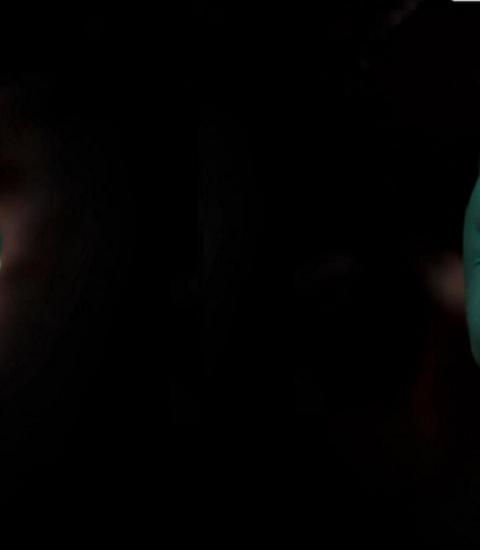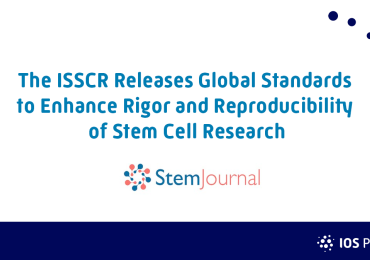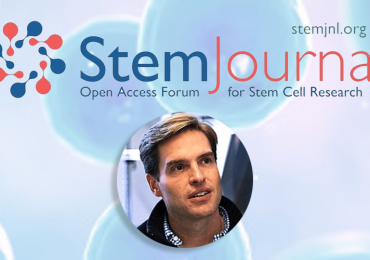
Cambridge, MA, USA – Researchers at the Chinese Academy of Sciences were able to produce healthy mice with two mothers that went on to have normal offspring of their own. Mice from two dads were also born but only survived for a couple of days.
The work, presented October 11 in the journal Cell Stem Cell, looks at what makes it so challenging for animals of the same sex to produce offspring and suggests that some of these barriers can be overcome using stem cells and targeted gene editing.
"We were interested in the question of why mammals can only undergo sexual reproduction. We have made several findings in the past by combining reproduction and regeneration, so we tried to find out whether more normal mice with two female parents, or even mice with two male parents, could be produced using haploid embryonic stem cells with gene deletions," says co-senior author Qi Zhou.
While some reptiles, amphibians, and fish can reproduce with one parent of the same sex, it's challenging for mammals to do the same even with the help of fertilization technology. In mammals, because certain maternal or paternal genes are shut off during germline development by a mechanism called genomic imprinting, offspring that don't receive genetic material from both a mother and a father might experience developmental abnormalities or might not be viable. By deleting these imprinted genes from immature eggs, researchers have produced bimaternal mice--mice with two mothers--in the past. "However, the generated mice still showed defective features, and the method itself is very impractical and hard to use," says Zhou.
To produce their healthy bimaternal mice, Zhou, co-senior author Baoyang Hu, co-senior author Wei Li, and their colleagues used haploid embryonic stem cells (ESCs), which contain half the normal number of chromosomes and DNA from only one parent and which the researchers believe were the key to their success. The researchers created the mice with two mothers by deleting three imprinting regions of the genome from haploid ESCs containing a female parent's DNA and injected them into eggs from another female mouse. They produced 29 live mice from 210 embryos. The mice were normal, lived to adulthood, and had babies of their own.
One advantage of using haploid ESCs is that even before the problematic genes are knocked out, they contain less of the imprinting programming that ultimately causes maternal- or paternal-specific genes to be expressed. "We found in this study that haploid ESCs were more similar to primordial germ cells, the precursors of eggs and sperm. The genomic imprinting that's found in gametes was 'erased,'" says Hu.
Twelve live, full-term mice with two genetic fathers were produced using a similar but more complicated procedure. Haploid ESCs containing only a male parent's DNA were modified to delete seven key imprinted regions. The edited haploid ESCs were then injected--along with sperm from another male mouse--into an egg cell that had its nucleus, and therefore its female genetic material, removed. This created an embryo containing only genomic DNA from the two male parents. These embryos were transferred along with placental material to surrogate mothers, who carried them to term.
These pups survived 48 hours after birth, but the researchers are planning to improve the process so that the bipaternal mice live to adulthood. Similar results were achieved in 2011 but using a method that relied on a female intermediary produced from the first father's stem cells to mate with the second father. That method sidestepped the problem of genomic imprinting but presents ethical and practical hurdles if this technology were to ever be considered for humans.
Li notes that there are still obstacles to using these methods in other mammals, including the need to identify problematic imprinted genes that are unique to each species and concerns for the offspring that don't survive or that experience severe abnormalities. They do hope, however, to explore these techniques in other research animals in the future.
"This research shows us what's possible," he says. "We saw that the defects in bimaternal mice can be eliminated and that bipaternal reproduction barriers in mammals can also be crossed through imprinting modification. We also revealed some of the most important imprinted regions that hinder the development of mice with same sex parents, which are also interesting for studying genomic imprinting and animal cloning."
###
NOTES FOR EDITORS
Full study : "Generation of Bimaternal and Bipaternal Mice from Hypomethylated Haploid ESCs with Imprinting Region Deletions" (2018) Cell Stem Cell, published 11 Oct 2018 (doi: 10.1016/j.stem.2018.09.004). The following researchers coauthored the paper: Li ZK, Wang LY, Wang LB, Li W, Zhou Q, and Hu BY.
This research was supported by the Strategic Priority Research Program of the Chinese Academy of Sciences, the National Basic Research Program of China, the National Key Research and Development Program, the National High Technology R&D Program, the National Natural Science Foundation of China, the Key Research Projects of the Frontier Science of the Chinese Academy of Sciences, National Postdoctoral Program for Innovative Talents, and the Strategic Collaborative Research Program of the Ferring Institute of Reproductive Medicine, Ferring Pharmaceuticals and Chinese Academy of Sciences.
About Cell Stem Cell
Cell Stem Cell (@CellStemCell), published by Cell Press, is a monthly journal that publishes research reports describing novel results of unusual significance in all areas of stem cell research. Each issue also contains a wide variety of review and analysis articles covering topics relevant to stem cell research ranging from basic biological advances to ethical, policy, and funding issues. Visit: cell.com/cell-stem-cell. To receive Cell Press media alerts, contact: press@cell.com.
Contact
Carly Britton, News Office, Cell Press (+1 617 3356270; press@cell.com)



